02 11月 Effect of impurities (elements) in aluminum on performance
I. Influence of alloy elements
Copper element :
When the copper element is in the aluminum-rich part of the aluminum-copper alloy at 548, the maximum solubility of copper in aluminum is 5.65%, and the temperature drops to
At 302, the solubility of copper is 0.45%. Copper is an important alloying element with certain solid solution-strengthening effects.
The CuAl2 precipitated during aging has a significant strengthening effect. The copper content in aluminum alloys is usually
When the copper content is between 2.5% and 5% and between 4% and 6.8%, the strengthening effect is the best. Therefore, most hard aluminum alloys contain copper
The amount is within this range. Aluminum-copper alloys can contain less silicon, magnesium, manganese, chromium, zinc, iron, and other elements.
Silicon:
The aluminum-rich part of the Al-Si alloy system of silicon has a maximum solubility of 100% at the eutectic temperature of 577.
The solubility is 1.65%. Although the solubility decreases with decreasing temperature, these alloys generally cannot be heat-treated
Reinforced. Aluminum-silicon alloys have excellent casting properties and corrosion resistance. If magnesium and silicon are added to aluminum at the same time
Forming an Al-Mg-Si alloy with a strengthening phase of MgSi.The mass ratio of magnesium to silicon is 1.73:1.Designing Al-MgSi
When it comes to alloy composition, the content of magnesium and silicon is configured based on this ratio on the matrix. Some Al-Mg-Si alloys,
To improve the strength, add an appropriate amount of copper, and an appropriate amount of chromium to offset the adverse effect of copper on corrosion resistance
Influence.The maximum solubility of Mg2Si in aluminum in the rich aluminum part of the equilibrium phase diagram of the Al-Mg2Si alloy system
1.85% and the speed reduction is small with the decrease in temperature. In deformed aluminum alloys, the addition of silicon alone to aluminum is limited to
In welding materials, silicon added to aluminum also has a certain strengthening effect.
Magnesium:
Although the solubility curve of the aluminum-rich part of the equilibrium phase diagram of the magnesium-aluminum alloy system indicates that magnesium is
The solubility decreases greatly with decreasing temperature, but in most commercial wrought aluminum alloys, the
The content is less than 6%, and the silicon content is also low. Such alloys cannot be strengthened by heat treatment, but they are weldable.
Good, good corrosion resistance, and moderate strength. Magnesium strengthens aluminum significantly, with each 1% increase in magnesium,
The tensile strength is increased by about 34MPa.If less than 1% manganese is added, it may supplement the strengthening effect.
Therefore, adding manganese can reduce the magnesium content and reduce the tendency of hot cracking. In addition, manganese can also make Mg5Al8 more stable.
The compound is evenly precipitated, improving corrosion resistance and welding performance.
The equilibrium phase diagram of the Al-Mn alloy system with manganese at an eutectic temperature of 658
The maximum solubility of Mn in Fe-Mn alloys is 1.82%. The strength of the alloy increases continuously with increasing solubility, and when the manganese content is 0.8%,
The elongation reaches its maximum value. Al-Mn alloy is a non-age-hardening alloy, which means it cannot be strengthened by heat treatment. Manganese
It can prevent the recrystallization process of aluminum alloy, increase the recrystallization temperature, and significantly refine the recrystallized grains.
The refinement of recrystallized grains is mainly achieved by the effect of MnAl6 compound dispersed particles on the growth of recrystallized grains.
Another function of MnAl6 is to dissolve the impurity iron to form (Fe, Mn)Al6, reducing the iron content in the alloy.
Harmful effects. Manganese is an important element in aluminum alloys, which can be added separately to form Al-Mn binary alloys.
It is more often added together with other alloying elements, so most aluminum alloys contain manganese.
Zinc element:
The solubility of zinc in aluminum at 275 degrees Celsius in the aluminum-rich portion of the equilibrium phase diagram of the Al-Zn alloy system is 31.6%,
However, its solubility decreases to 5.6% at 125℃. When zinc is added to aluminum alone, it has a significant effect on the deformation behavior of aluminum under
The improvement of alloy strength is very limited, and there is a tendency for stress corrosion cracking, which limits its application.
Application. Adding both zinc and magnesium to aluminum to form the strengthening phase Mg/Zn2 produces significant strengthening effects on the alloy.
When the Mg/Zn2 content is increased from 0.5% to 12%, the tensile strength and yield strength can be significantly increased.
The content of magnesium exceeds the ratio of zinc and magnesium required to form the Mg/Zn2 phase in the superhard aluminum alloy, and the ratio is controlled at
The resistance to stress corrosion cracking is greatest at around 2.7.
If copper is added to the Al-Zn-Mg alloy to form the Al-Zn-Mg-Cu alloy, the strengthening effect of the matrix will be greatly enhanced.
The largest of all aluminum alloys, and also an important aluminum alloy material in the aerospace, aviation, and power industries
The material.
II. The influence of trace elements
Iron and Silicon:
Iron and silicon Iron in Al-Cu-Mg-Ni-Fe forged aluminum alloy, silicon in Al-Mg-Si forged aluminum, and in Al-In Si-based electrodes and aluminum-silicon casting alloys, silicon is added as an alloying element. In other aluminum alloys, silicon and iron are
Common impurity elements have a significant impact on the properties of alloys. They mainly exist as FeCl3 and free silicon.
When the silicon is greater than the iron, the β-FeSiAl3 (or Fe2Si2Al9) phase is formed, while when the iron is greater than the silicon, the αFe2SiAl8 (or
Fe3Si2Al12). When the ratio of iron and silicon is not appropriate, it can cause cracks in the casting, and iron in cast aluminum
When the content is too high, it will cause brittleness in the casting.
Titanium and Boron:
Titanium is a commonly used additive element in aluminum alloys, added in the form of Al-Ti or Al-Ti-B master alloys.
Titanium and aluminum form the TiAl2 phase, which becomes a non-spontaneous core during crystallization, and plays a role in refining the microstructure of castings and welds.
When the Al-Ti alloy undergoes the alloying reaction, the critical content of titanium is approximately 0.15%. If boron is present, the alloying reaction is slowed down.
Speed is as small as 0.01%.
chromium:
Chromium Chromium is a common additive element in Al-Mg-Si, Al-Mg-Zn, and Al-Mg alloys.600℃
At room temperature, the solubility of chromium in aluminum is 0.8%, and it is insoluble at room temperature.
Chromium forms intermetallic compounds such as (CrFe)Al7 and (CrMn)Al12 in aluminum, which hinder the nucleation of recrystallization
During the growth process, it has a certain strengthening effect on the alloy, and can also improve the toughness of the alloy and reduce stress corrosion cracking.
Sensitivity. However, the addition of quenching sensitivity to the venue will cause the anodic oxide film to appear yellow.
Therefore, it is particularly important to filter and remove impurities from aluminum alloys-(ceramic foam filter, degassing unit).



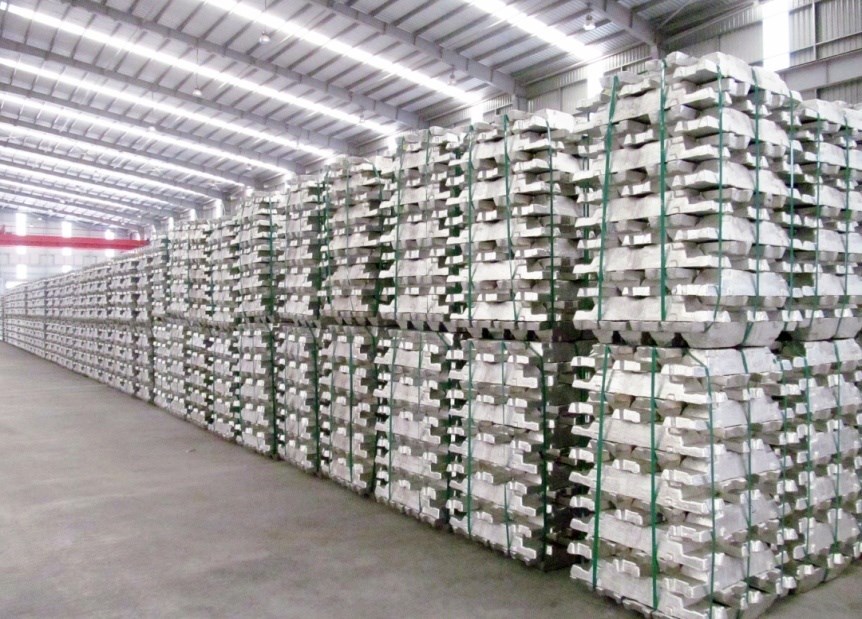
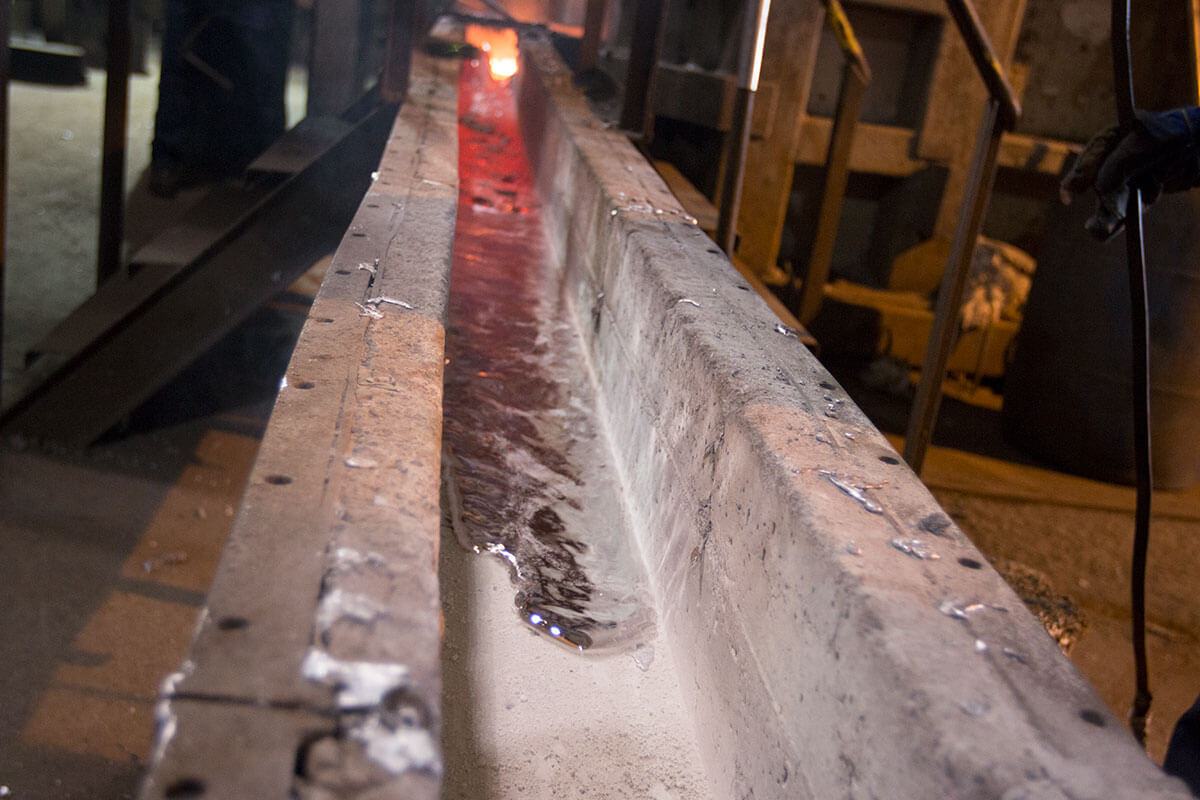
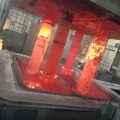
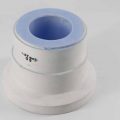

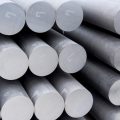

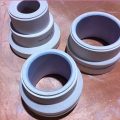

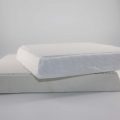


No Comments